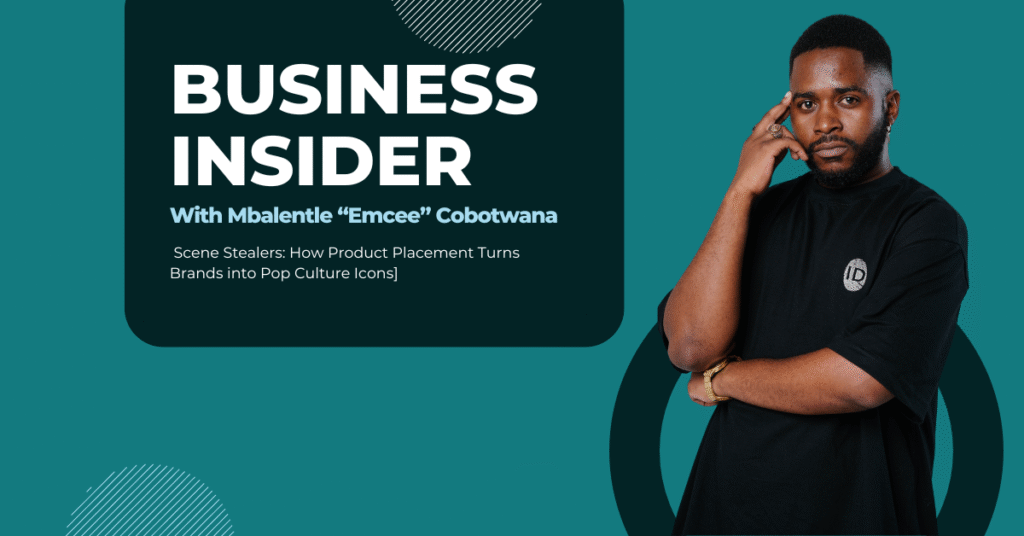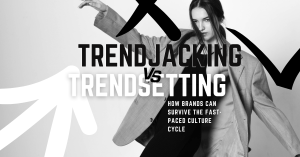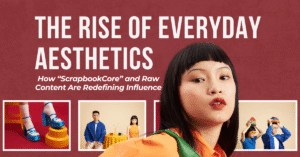Growing up, nothing confused me quite as much as when my favourite TV show would go on an ad break and the show hosts would say, “We’re just going to pay the bills, we’ll be right back”. Firstly, I had NO clue what they meant by that, but mainly because it usually took my grandmother and I standing in line for 3 hours to pay her bills, and they somehow managed to do it in 30 seconds every single time.
Now that I’m a little older and slightly less naive, I can’t help but be super critical of every single second a brand appears on my screen. My immediate thoughts when I see a logo, even for more than 3 seconds, are “How much did they pay for this?” Or “I wonder how many approvals this needed?”. Growing up surely has ruined the wonder and curiosity in a kid’s eyes, but has opened them up enough to ask the question: how does product placement turn brands into culture icons?
Branded content integration, or now more commonly referred to as ‘product placement’, is a marketing tool where a product or service is placed into a movie scene or TV programme, where its brand name is heard through those mediums. It is argued that product placements have been present since the introduction of motion pictures, but the concept only gained popularity through the movie, E.T. The use of Reece’s pieces of candy in this movie helped to increase the sale of the product by as much as 65%. You might also be very familiar with the Nike Air MAGS on “Back to The Future”, Ray Bans on “Top Gun” or the Aston Martin in any James Bond movie.
The effectiveness of product placement stems from the association of a brand with an emotion. Movies and TV shows evoke emotions in their audience, and a well-placed brand can take advantage of that. It is also a more subtle and subdued way for your favourite character to interact with your favourite brand.
Growing up, seeing the fictional advertising agency, Ezweni Communications on Generations, craft a real-life advertising campaign for PEP’s rebrand was wild to me. In the real world, PEP was moving towards a new brand direction with a new slogan, and I distinctly remember those
ideas being brainstormed in one of the boardrooms of South Africa’s biggest soap opera. It was clever and effective because we got to see the process behind what was happening in the real world, from our favourite characters.
CaraCara, a song by legendary South African rapper K.O., boasts 8.5M views over 11 years. It was the HipHop song of the summer in 2014 and ushered in the genre’s golden era. With their organic inclusion and placement, Hall’s was able to be at the core of this massive cultural moment and shift. One of the most memorable and direct interactions happens early in the video when K.O. is seen opening a Halls sweet wrapper and consuming the lozenge. This subtle, non-intrusive moment feels natural rather than forced, as it fits seamlessly into the casual, street-style vibe of the video. A large portion of the video is shot in front of a spaza shop, a cornerstone of township life in South Africa. This particular store features visible Halls branding on its storefront signage. This wasn’t just a numbers game, but one of being part of something that everyone was there for and will remember.
No doubt, this has begun to integrate with influencers and tech. We’re going to see a rise in AI and virtual products on influencer feeds as well as in augmented reality. Brands have already begun to take advantage of streaming, as it encourages repeat views without interruptions from other commercials.
The tricky thing with product placement is getting a fix on performance. Unlike advertising, which has reams of research and testing to support it, there are still no standards to quantify and value product placement performance. So, for marketers who must look to the bottom line and share results with colleagues, there is no real way to view the impact of the expenditure. We have to follow more sentiment-based metrics to figure out if what we are doing is working; however, the long-term impact is being culturally ubiquitous and, in a figurative sense, this time, can’t be measured.
If we speak to the laws of hiding in plain sight, we begin to tell the story of brands building relationships with people. By connecting through association, we find a warm place in our hearts when we think of brands in South Africa and the stories they’ve told. Be it a music video after Dragon Ball Z embedding Black Cat and Pantsula in the minds of 90s babies or an AI ad-read on your favourite podcast getting you through the work day in big 2025, we understand how product placement turns brand from business, into home through pop culture.
In a world where ads once meant a hard pause, strategic brand cameos are now the seamless thread woven into the stories we binge, the music we vibe to, and the moments that shape us. They no longer shout – they whisper, leaving behind not just awareness, but cultural footprints. These placements have evolved from background noise to cultural signals. They blur the line between product and plot, crafting brand moments that feel more like memories than marketing.
So next time you spot a logo, a lyric, or a perfectly timed product drop, look closer. It’s more than just clever placement. It’s the slow, strategic build of cultural capital. And trust, the story doesn’t end there.




